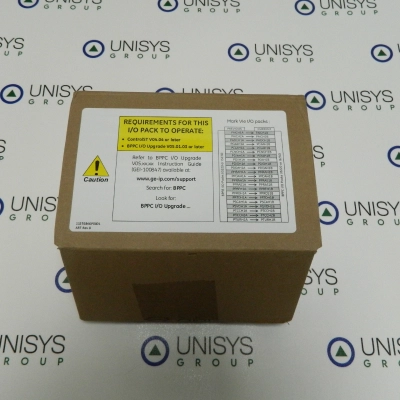


IS200VGENH1B is a Generator Monitor and Trip Board manufactured by and designed by General Electric as part of the Mark VI Series used in gas turbine control systems. The generator board VGEN and its terminal board TGEN track the voltage and currents in the generator's three phases and compute their power and power factor. Using fast-acting solenoids situated on the TRLY terminal board, VGEN performs the power load imbalance (PLU) and early valve actuation (EVA) duties for big steam turbine applications.
IS200VGENH1B Installation
Turn off the power to the VME I/O processor rack before installing the VGEN board. To seat, the edge connections on the VGEN board, slide it in and use your hands to push the top and bottom levers in. Next, tighten the front panel's captive screws at the top and bottom. These screws improve the board's front ground integrity and serve to firmly secure the board in place. The screws shouldn't be used to secure the board in place.
Operation
IS200VGENH1B Diagnostics
The VGEN front panel's three LEDs at the top display status data. A solid red indicates a failure, while a flashing green indicates a normal run. The third LED, which indicates STATUS, is typically off but will flash steadily orange in the event that the board has a diagnostic alert issue. The following is a list of the VGEN diagnostics: